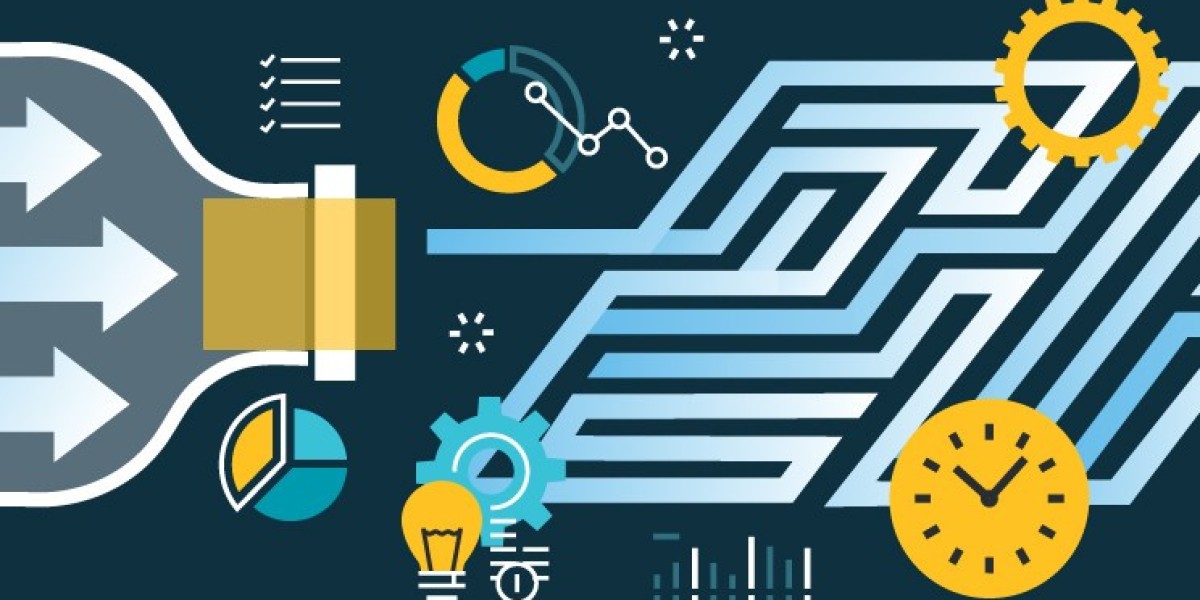Introduction
In both technical systems and business operations, the term bottleneck plays a crucial role in analyzing performance and efficiency. Whether it’s in computer systems, manufacturing lines, or organizational workflows, a bottleneck can significantly slow down productivity and reduce overall output. By understanding what bottlenecks are, why they occur, and how to fix them, individuals and organizations can enhance performance and achieve smoother operations.
1. What is a Bottleneck?
The term bottleneck originates from the narrow neck of a bottle, where the flow of liquid slows down due to the restricted passage. In a similar way, a bottleneck in a process is a point where the flow of work is limited or slowed down, preventing the system from reaching its full potential.
For example:
In a factory, if one machine processes materials slower than others, it becomes the bottleneck.
In computer systems, if the CPU is fast but the RAM is limited, the RAM becomes the bottleneck.
In project management, if approvals from a single department delay progress, that department acts as a bottleneck.
2. Types of Bottlenecks
Bottlenecks can appear in various forms depending on the nature of the process. Broadly, they can be categorized into short-term and long-term bottlenecks.
2.1 Short-Term Bottlenecks
These occur temporarily, often due to unexpected problems. Examples include:
A key employee calling in sick.
A machine breaking down for a day.
A temporary surge in customer demand.
Short-term bottlenecks are usually easier to manage because they are not built into the system. Once the issue is resolved, the workflow typically returns to normal.
2.2 Long-Term Bottlenecks
These are persistent issues built into the design of the system. For example:
A company consistently relying on outdated software.
A production line where one stage is inherently slower than others.
A computer with permanently insufficient storage or memory.
Long-term bottlenecks require strategic solutions, such as upgrading equipment, redesigning workflows, or restructuring organizational processes.
3. Bottlenecks in Different Contexts
Bottlenecks are not limited to one industry. Here are a few contexts where they commonly occur:
3.1 In Computer Systems
In computing, a bottleneck happens when one component limits the overall performance of the system. Common examples include:
CPU Bottleneck: When the processor cannot keep up with the GPU or other components.
GPU Bottleneck: When the graphics card limits the performance of the system in gaming or rendering.
Storage Bottleneck: When slow hard drives delay data transfer to faster components.
For example, a powerful GPU paired with a weak CPU can result in lower frame rates in games because the CPU cannot feed data fast enough.
3.2 In Manufacturing and Production
In a production line, a single slow station can reduce the output of the entire line. For instance:
If a packaging unit works slower than the assembly line, finished products pile up, waiting to be packed.
A machine requiring frequent maintenance can hold back the entire process.
Manufacturers often use tools like Lean Manufacturing and Theory of Constraints to identify and fix these bottlenecks.
3.3 In Business Processes
Within organizations, bottlenecks may occur in:
Decision-making: When approvals depend on a single manager who is overwhelmed with tasks.
Information flow: When communication between departments is slow.
Resource allocation: When multiple projects depend on the same limited resources.
Such bottlenecks affect not just productivity but also employee morale and customer satisfaction.
4. Common Causes of Bottlenecks
Identifying the root causes is essential for solving bottlenecks. Some frequent causes include:
Uneven Workloads – When tasks are not distributed equally across resources.
Limited Capacity – When a part of the system lacks the capability to handle the required volume.
Poor Planning – Inefficient scheduling or resource allocation can create choke points.
Outdated Technology – Older tools or software that can’t keep up with current demands.
Human Factors – Lack of training, slow decision-making, or dependency on specific individuals.
5. How to Identify Bottlenecks
Finding bottlenecks is the first step toward solving them. Here are some proven methods:
5.1 Observation
Careful observation of processes can reveal where delays are happening. Look for tasks that regularly build up queues or experience backlogs.
5.2 Performance Metrics
In computer systems, monitoring CPU, GPU, or disk usage can highlight which component is under strain. In businesses, metrics like cycle time, throughput, and waiting time can help pinpoint issues.
5.3 Flowcharts and Process Mapping
Drawing process maps or flowcharts can visually highlight slow stages. This is especially useful in manufacturing and service industries.
5.4 Feedback from Teams
Employees often have firsthand knowledge of where slowdowns occur. Regular communication can uncover bottlenecks that might not be visible in data.
6. Strategies to Overcome Bottlenecks
Once bottlenecks are identified, there are multiple ways to address them depending on their nature.
6.1 Optimize Existing Processes
Sometimes, the solution lies in reorganizing tasks, adjusting workflows, or automating certain steps to improve speed.
6.2 Add or Upgrade Resources
In cases where capacity is the issue, investing in new equipment, faster technology, or additional staff may be necessary.
6.3 Redesign the System
For long-term bottlenecks, a complete process redesign might be required. This could involve restructuring departments, changing production methods, or modernizing IT infrastructure.
6.4 Parallel Processing
Breaking down tasks into parallel workflows can prevent overloading a single point in the process.
6.5 Prioritization
Focusing on critical bottlenecks first is important because not all slow points have equal impact. Fixing the most restrictive bottleneck will yield the highest overall performance improvement.
7. Preventing Future Bottlenecks
Solving a current bottleneck is not the end of the journey. Continuous monitoring and preventive planning are essential to keep processes smooth. Regular system audits, performance reviews, and adopting flexible systems can help organizations stay ahead of potential slowdowns.
8. Conclusion
Bottlenecks—whether in technology, manufacturing, or business processes—can have a major impact on performance and efficiency. Understanding their causes, identifying them through proper analysis, and applying targeted solutions are key to improving productivity. By eliminating bottlenecks, organizations and individuals can achieve faster workflows, better output, and smoother operations.
For more information.







